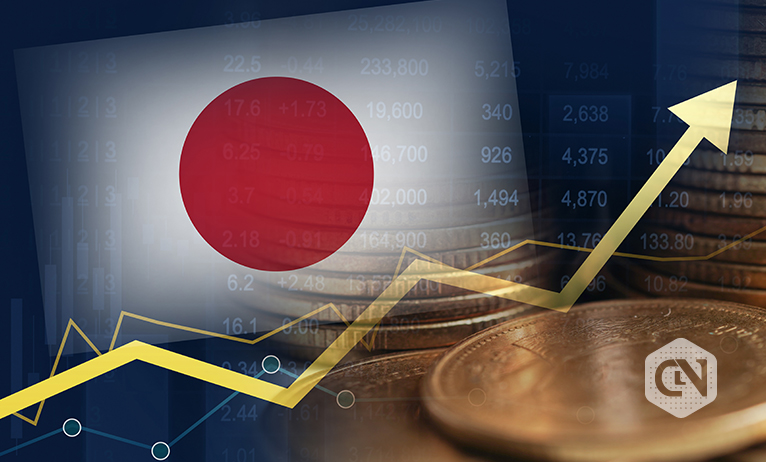This content has been archived. It may no longer be relevant.
The Australian Dollar is the fifth most traded foreign currency on the exchange board. Reasons could be trade, commerce, or tourism, and the Australian Dollar was the Australian Pound from 1910 to 1966.
The Reserve Bank of Australia looks after the regulation of the Australian Dollar, offering it in the denominations of $5, $10, $20, $50, and $100. It is majorly converted in the pair of AUD/USD. Recently, there has been a surge in interest in currency trading Australia as it is known to be a very global sentiment-oriented currency.
A Rise In The Australian Dollar?
According to reports, there could be a rise in the Australian Dollar, since Europe announced that it was looking to end its reliance on Russia’s fossil fuels. Since the war broke out between Russia and Ukraine, several sanctions and bans have been imposed, and not all are immediately coming into effect.
Ursula von der Leyen, the President of the European Commission, was heard saying that the Commission was planning to end the reliance on Russian fossil fuels by 2027. The end of this reliance opens a door of opportunities for Australia.
Advertisement
Australia is the largest exporter of iron ore and coal briquettes. After the announcement by Europe, the supplier of iron ore and coal had been bombarded with supply-related calls.
In other words, the European Union is now looking for an alternative, and Australia could be that alternative for the European Union.
The Union takes pride in shifting towards clean energy projects. Australia is also looking to expand its wheat export as a trading opportunity.
If Australia succeeds in converting this chance, it could sit on a much greener number in the second quarter of 2022. The Reserve Bank of Australia believes that it will benefit the economy to a larger extent.
For now, the Central Bank is staring at possible uncertainties that could come in the way to meet the rise in demand. Governor Philip Lowe quoted the same.
The GDP of Australia is sure to rise at a rate of 4.4% on a year-to-year basis. The figure is a fall from 4.8% in 2021, but it still works in favor of Australia as it boosts the confidence of the Central Bank to adopt a more hawking monetary policy.
Advertisement
Index swaps were priced with six 25bps increases by the end of March. A more hawkish policy stance remains a possibility from the side of the Reserve Bank of Australia.
A boost to the economy of Australia has also been seen in iron ore futures and the stock price of Whitehaven Coal, an Australian mining company.







